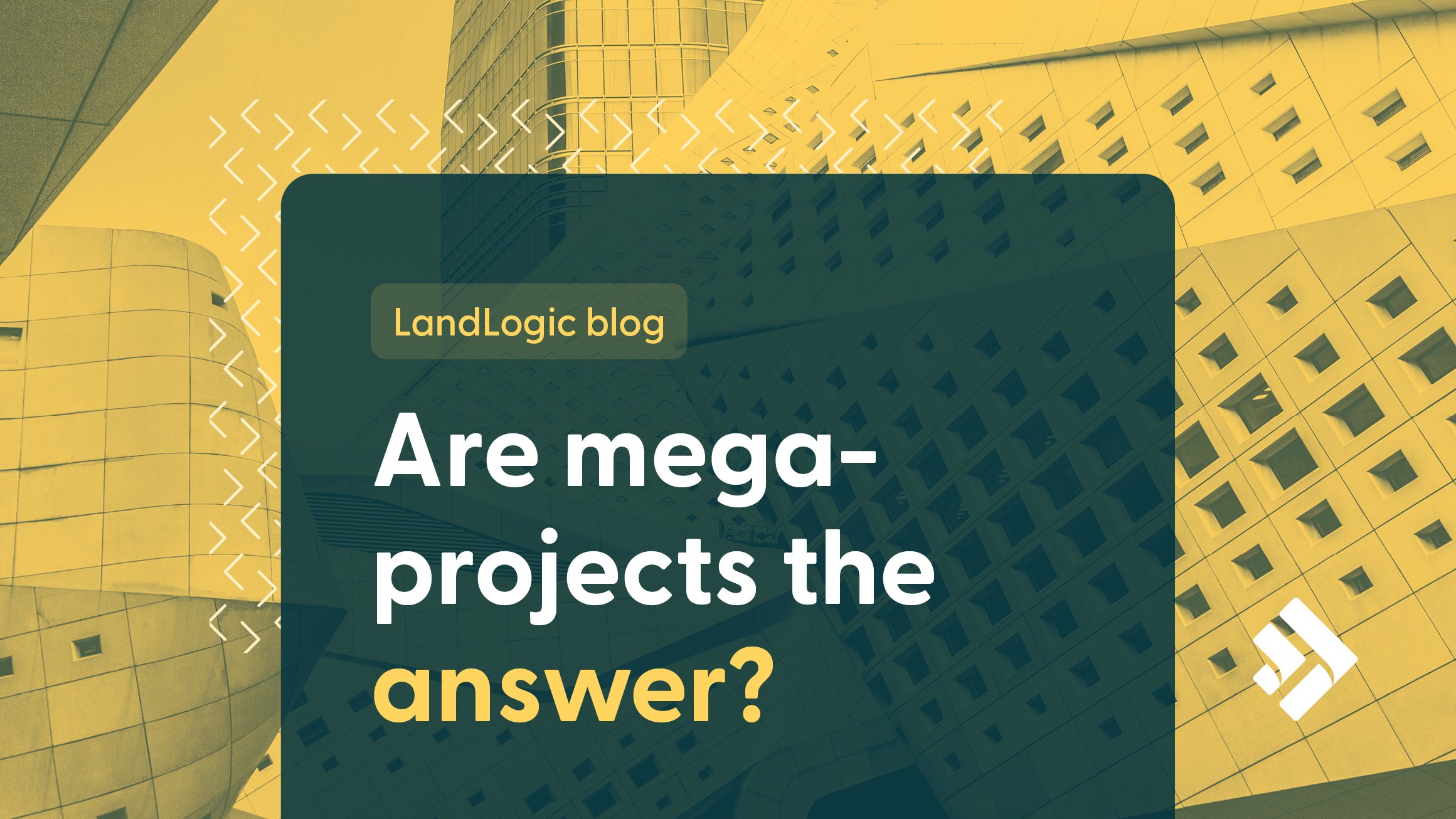The land data dilemma and the future of AI
The Land Data Dilemma
The development industry is inundated with data coming from many sources including municipalities, conservation authorities, and various other agencies and authorities having jurisdiction. Data challenges not only hinder project progression but also escalate costs and complicate compliance with ever-changing regulations.
Unfortunately, this wealth of information is often trapped in siloed systems that do not communicate with each other. This fragmentation is a significant drain on resources as stakeholders spend considerable time and effort just to gather and make sense of the necessary data for any given project. This data mess became very evident to us during our team's work on the One Ontario initiative.
For example, due to a complex array of zoning bylaws, environmental constraints, and overlapping governmental regulations, a developer embarking on new projects will struggle to even identify which regulatory bodies have authority. Working through the maze is expensive, risky, and time consuming which slows down the development of much needed housing.
LandLogic evolved directly from our experience with One Ontario, with the goal of streamlining data accessibility and using the evolving power of AI to provide quicker, more precise insights into potential risks and opportunities associated with land.
AI as a Game Changer
We believe if we can streamline data aggregation and bring the information into a readable format for analysis, AI can significantly reduce the time spent rummaging through the data, resulting in increased accuracy and insights. More importantly, AI should be able to identify patterns and predict outcomes, allowing for more strategic decision-making in project planning and execution.
For example, AI can process historical data on zoning changes and past development outcomes to predict the likelihood of approval for new projects. This could be incredibly beneficial for strategic planning, enabling developers to better allocate resources and adjust project specifications early in the planning stage to enhance the likelihood of approval.
━━
AI-driven insight can improve the preliminary analysis of project development, where understanding land use constraints and regulatory frameworks are necessary.
Beyond Data Aggregation: Predictive Analytics and Automated Compliance
As the industry progresses, the potential applications of AI extend beyond simple data aggregation to more sophisticated predictive analytics and automated compliance checks. Predictive analytics can forecast market trends, helping developers understand potential future demands and economic shifts. Meanwhile, automated compliance checks could ensure that projects adhere to all relevant laws and regulations automatically, flagging potential issues before they become problematic – this is already happening in other international jurisdictions.
AI-driven insight can improve the preliminary analysis of project development, where understanding land use constraints and regulatory frameworks are necessary. By providing a comprehensive, automated review of potential sites, AI can help in selecting the most viable options, helping the developer optimize investments and mitigate risks.
Case Study: Strategic High-Rise Development with AI Assistance
Imagine a builder looking to construct a high-rise condominium. They’ve identified a promising location, but current zoning laws only permit buildings up to 10 stories. The builder’s vision is for a bold 40-story tower offering stunning city views to attract premium buyers.
Confronted with zoning constraints, the developer might utilize AI tools for strategic guidance. The AI could review a historic database of zoning amendments and approvals within the community, paying special attention to recent trends where similar ambitious projects have been granted exceptions—the ai identifies several 30-story buildings that have been approved in the recent past, but never anything as tall as they are proposing.
Armed with this insight, the AI might suggest adjusting the proposal to 30 stories, more closely aligning with historical approvals and significantly improving the project's feasibility in the eyes of the planning commission and local council. With these data-driven insights, the developer could prepare a pro-forma financial analysis to determine if pursuing a 30-story development is financially viable. This analysis would explore projected costs, potential revenues, and comparative data on similar projects. Throughout the process, AI could also be used to identify potential compliance issues, enabling a proactive approach to addressing regulatory concerns, and ensuring a compelling, well-supported case for the development.
Thanks to the predictive power of AI, the builder not only optimizes the project's scale to match regulatory approval likelihoods but also ensures the proposal maximizes the site's potential within the existing urban fabric. This strategic approach should pave the way for a smoother approval process and a successful development venture.
The Road Ahead
As things evolve, integrating AI to enhance site selection and streamline development approvals will be essential. LandLogic believes AI has tremendous potential to overcome data fragmentation and regulatory complexities in land development. If you're interested in learning more reach out to info@landlogic.ai .




















